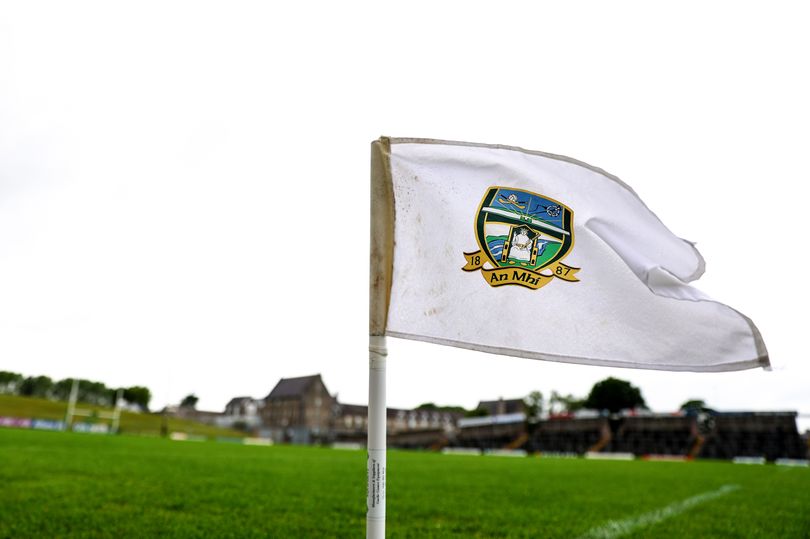Major Redevelopment of Páirc Tailteann Begins
Meath GAA has officially approved the redevelopment of its long-standing stadium, Páirc Tailteann, located in Navan. This marks a significant step forward for the club as they aim to modernize their facilities and provide a better experience for players, supporters, and visitors.
The project is now being put out to tender, with construction expected to begin after the conclusion of the Meath senior football and hurling championships this autumn. The initial phase will involve the demolition of the main stand, which was built over 70 years ago. This is just the beginning of an ambitious plan that includes several key improvements.
Key Features of the Redevelopment
The proposed upgrades include:
- A new 5,000-seater stand to accommodate more spectators
- Improved accessibility for all visitors
- Upgraded dressing room facilities for athletes
- Enhanced floodlighting for evening matches
- Modernized media infrastructure to support broadcasting and reporting
It is estimated that the total cost of the project could exceed €20 million. This substantial investment reflects the importance of the stadium to the local community and the broader Gaelic games scene.
Temporary Venue Plans
Due to the scale of the redevelopment, Meath GAA may need to find a temporary home venue for the 2026 and 2027 seasons. Several options are under consideration, including Donaghmore/Ashbourne’s facility, which has hosted O’Byrne Cup and under-20 matches. However, it is unlikely to be large enough to host senior football matches.
Another potential option is TEG Cusack Park in Mullingar. However, a more likely solution might be found across the border in Dublin, with venues such as Parnell Park or even Croke Park being considered. While Croke Park’s capacity of 83,000 is much larger than needed, there is potential for a Spring series of double headers involving Dublin and Meath games to generate additional revenue.
League and Championship Implications
The upcoming Allianz League Division 2 will feature Meath alongside teams such as Tyrone, Derry, Louth, Cork, Cavan, Offaly, and Kildare. With Meath having drawn large crowds at Croke Park this summer, the possibility of hosting games there in the Spring is being explored.
Other counties have also had to find temporary venues. For example, Kildare played their Allianz League home games in Carlow last year while St Conleth’s Park was being upgraded. Similarly, Louth has been playing at Iniskeen in Monaghan while awaiting the completion of their new stadium.
Funding and Project Timeline
Despite facing several challenges, the Páirc Tailteann redevelopment has now secured sufficient funding to move forward, albeit on a smaller scale than originally planned. The project is supported by a combination of GAA central funding, large-scale infrastructure funding from the Department of Sport, and funds secured through the IIP scheme operated by the Department of Justice. Additionally, Meath GAA has generated its own funds to support the initiative.
A statement from Meath GAA highlighted the significance of the project, noting that the stadium has served as a proud home for Gaelic games in the county for decades. The upgrades aim to enhance the match-day experience for everyone involved.
Community and Future Vision
Jason Plunkett, Chairperson of the Meath GAA County Committee, emphasized the importance of the project, calling it a bold investment in the future of the club. He highlighted the goal of creating a modern, inclusive, and first-class facility that reflects the pride and passion of the Royal County.
Noel Dempsey, Chairperson of Páirc Tailteann CLG, expressed optimism about the project’s progress. He noted that the tender phase marks a major step forward, following a long and detailed planning process that faced disruptions. He looks forward to working with clubs and the County Committee to realize the dream of a state-of-the-art venue for the community.
Five contractors have been shortlisted for the project, and the tender phase is expected to last approximately two months. The successful tenderer is anticipated to be appointed in Q4 2025, with construction set to begin shortly after.







